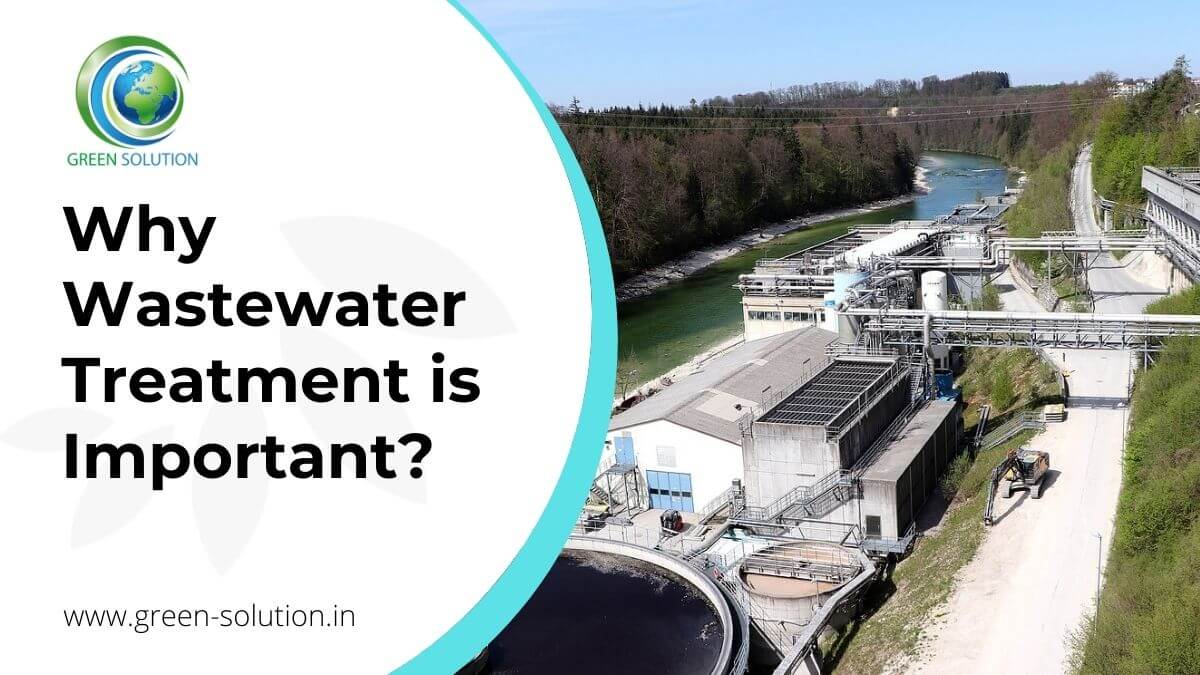The Buzz on Reclaim Waste
Table of ContentsThe smart Trick of Reclaim Waste That Nobody is Talking AboutAn Unbiased View of Reclaim WasteThe Best Guide To Reclaim Waste3 Easy Facts About Reclaim Waste DescribedGet This Report about Reclaim Waste
Check out the types, incidents, and types of liquid waste. Residential sewer waste describes the waste and items from a domestic septic system. This kind of waste is developed by human beings in homes, colleges, and other buildings. This only includes sewage-disposal tanks that have a drainpipe field. The correct management and disposal of domestic sewage waste require liquid waste to be transferred to a sewage therapy plant where the correct techniques and equipment are used to purify and get rid of waste.
Business waste commonly consists of prospective dangers, such as flammable products or a combination of fluid and solid waste items, and requires an advanced and comprehensive disposal procedure. The disposal of commercial waste usually involves the filtration of waste prior to transport to make certain risk-free and correct disposal. Industrial waste is developed from by-products and runoff of commercial procedures and production.
This type of waste can not make use of the exact same sewage administration transportation or processes as septic or commercial fluids. The industrial waste management process needs the assessment and testing of liquid waste before it goes through the disposal process (industrial wastewater treatment). Runoff waste is the fluid waste that comes from overflow and excess stormwater in extremely inhabited areas or cities
Overflow waste can create contamination and flooding if not dealt with correctly. Ensuring appropriate waste monitoring can protect against disasters and reduce ecological damage.
6 Easy Facts About Reclaim Waste Described
Call PROS Solutions today to discover our waste monitoring and disposal services and the correct ways to take care of the liquid waste you create.
(https://medium.com/@leonaube33101/about)Do you recognize what happens to your water when you disengage, purge the bathroom or drain the cleaning equipment? No? Well, it deserves knowing. This so-called 'wastewater' is not only an important resource yet, after treatment, will certainly be released to our land, waterways or the ocean. Used water from toilets, showers, baths, kitchen area sinks, washings and commercial processes is recognized as wastewater.

water made use of to cool equipment or clean plant and equipment). Stormwater, a kind of wastewater, is drainage that flows from farming and urban areas such as roofs, parks, gardens, roadways, courses and rain gutters right into stormwater drains pipes, after rainfall. Stormwater flows unattended straight to local creeks or rivers, eventually reaching the ocean.
The Greatest Guide To Reclaim Waste
In Queensland, most wastewater is dealt with at sewage therapy plants. Wastewater is delivered from residential or industrial websites via a system of sewers and pump stations, understood as sewerage reticulation, to a sewage treatment plant. City governments construct, keep and operate most sewer treatment plants. Operators are licensed under the Environmental Protection Act 1994 to discharge treated wastewater at an appropriate ecological criterion right into waterways.
The Department of Natural Resources suggests city governments about handling, operating and preserving sewerage systems and therapy plants. In unsewered areas, city governments might call for owners to install specific or home sewage treatment systems to deal with domestic wastewater from commodes, kitchens, washrooms and washings. The Department of Natural Resources authorises the use of family systems when they are proven to be reliable.
In some new class, therapy of some stormwater to eliminate litter, sand and gravel has actually begun utilizing gross pollutant catches. Wastewater therapy occurs in 4 phases: Gets rid of strong matter.
Wastewater then flows into large storage tanks where solids clear up and are eliminated as sludge. Grease and scum are skimmed from the surface area. Utilizes tiny living organisms called micro-organisms to damage down and eliminate continuing to be liquified wastes and great particles. Micro-organisms and wastes are integrated in the sludge. Eliminates nitrogen and phosphorus nutrients that can create algal flowers in our waterways and threaten aquatic life.
Everything about Reclaim Waste
Nutrient elimination is not offered at all sewage treatment plants due to the fact that it calls for expensive specialised tools. It is becoming extra usual in Queensland. Clear liquid effluent created after therapy may still have disease-causing micro-organisms. If this effluent is launched right into waterways such as rivers or the sea, the micro-organisms will ultimately die out.

A lot of wastewater moves right into the sewerage system. Under the Act, regional federal governments administer approvals and licences for ecologically relevant activities (ERAs) involving wastewater releases that could have a regional effect.
What Does Reclaim Waste Do?
Otherwise, examples are considered laboratory analysis. Often many tests are needed to establish the degrees of each of the various toxins such as oils, hefty metals and chemicals in water. Tracking provides factual info concerning water quality and can verify that licence conditions are being satisfied. The details obtained with monitoring supplies the basis for making water high quality decisions.